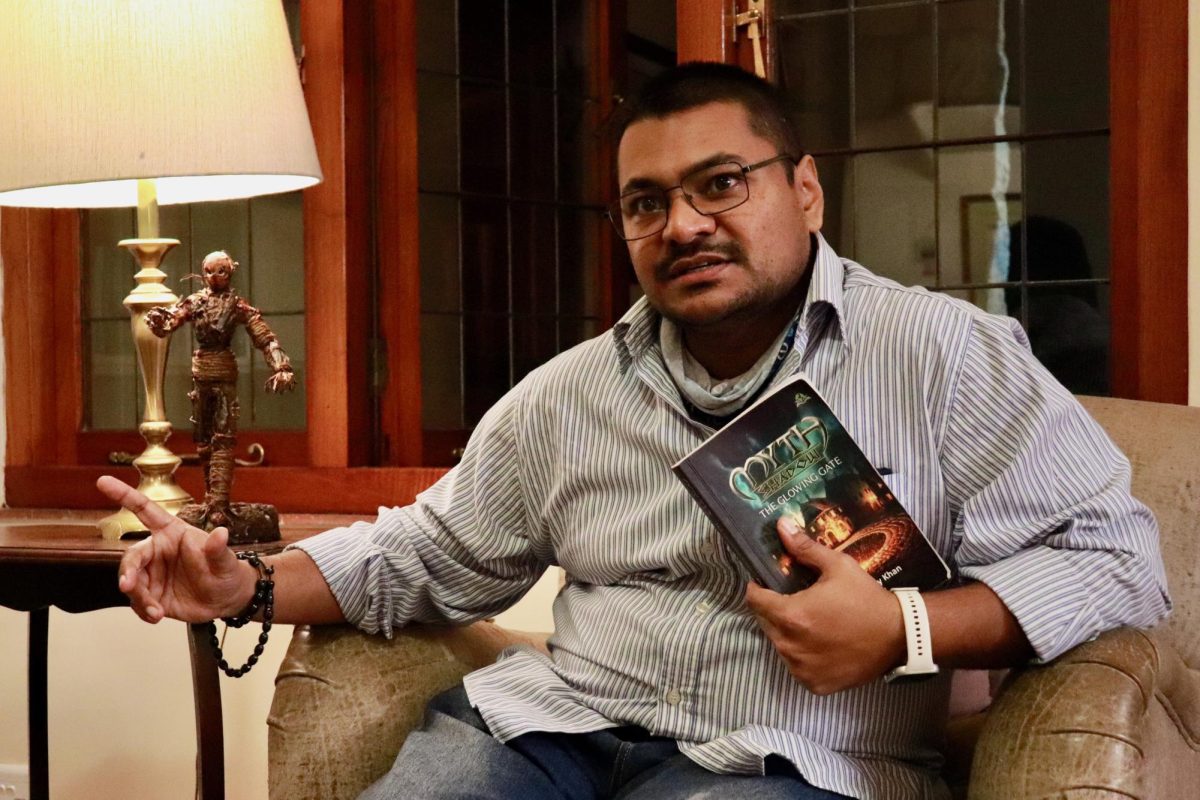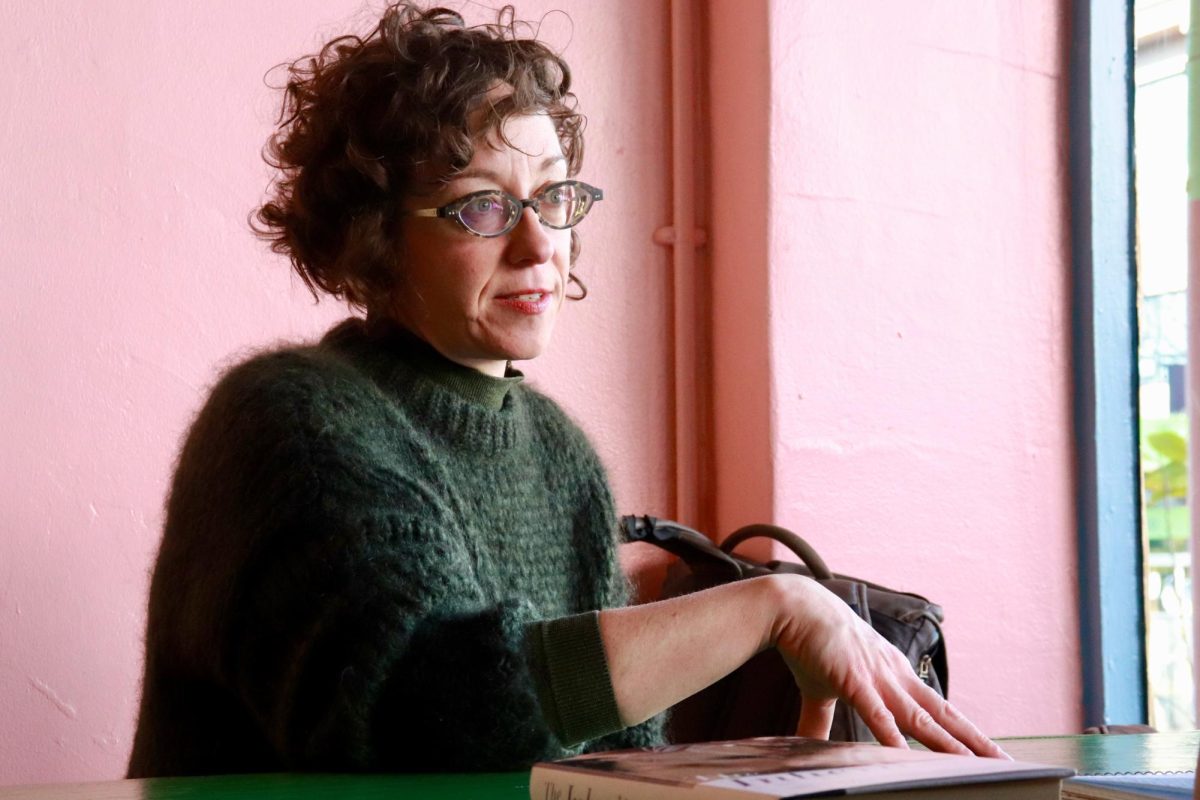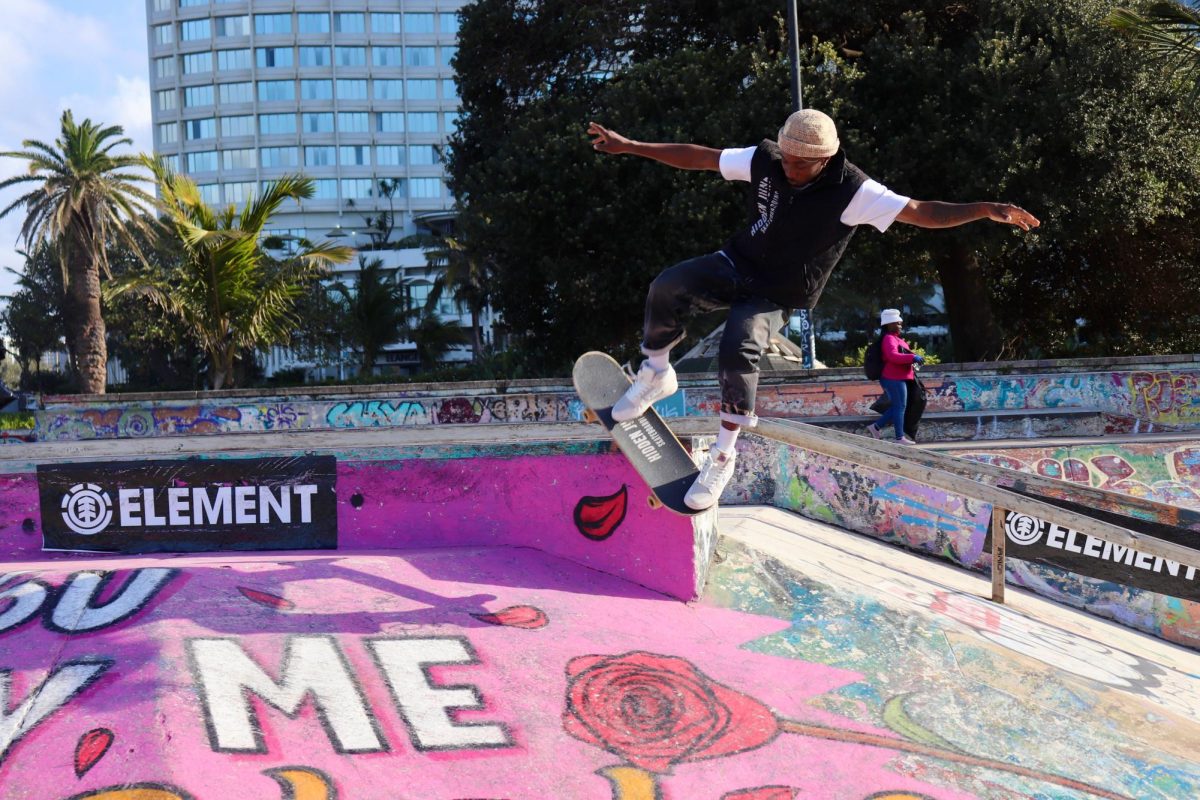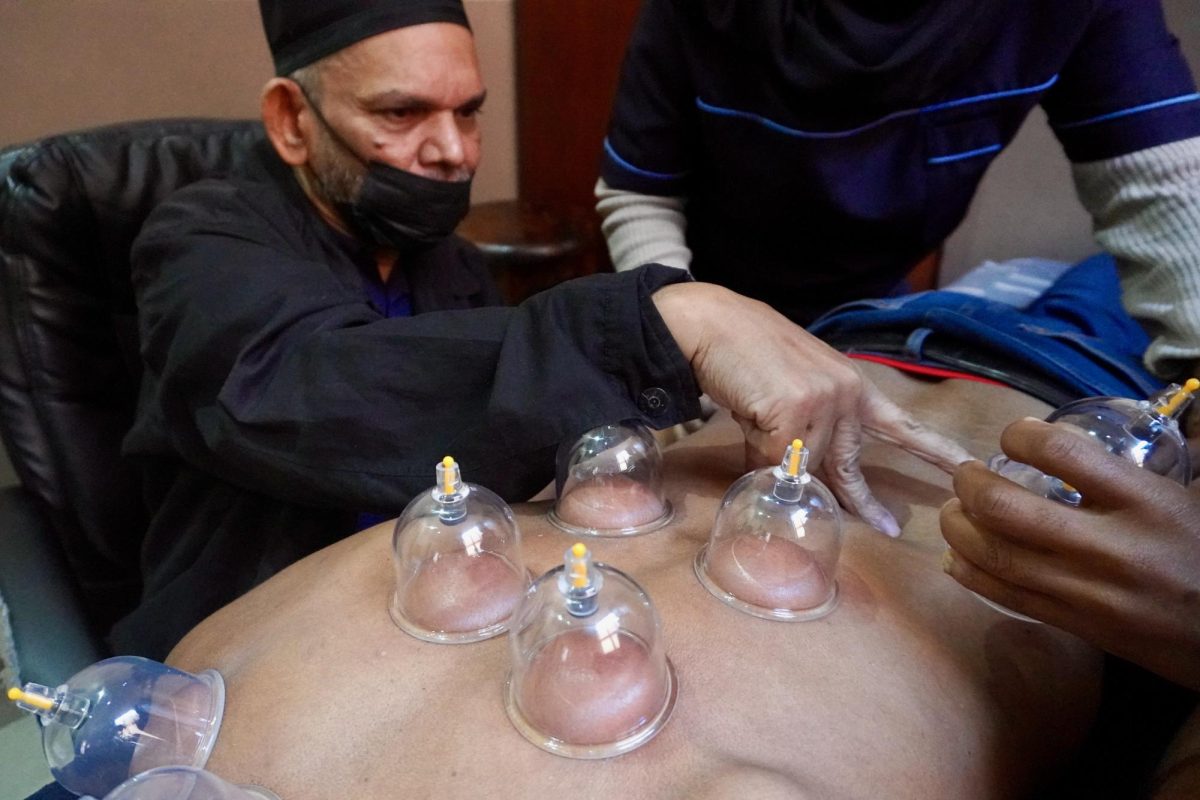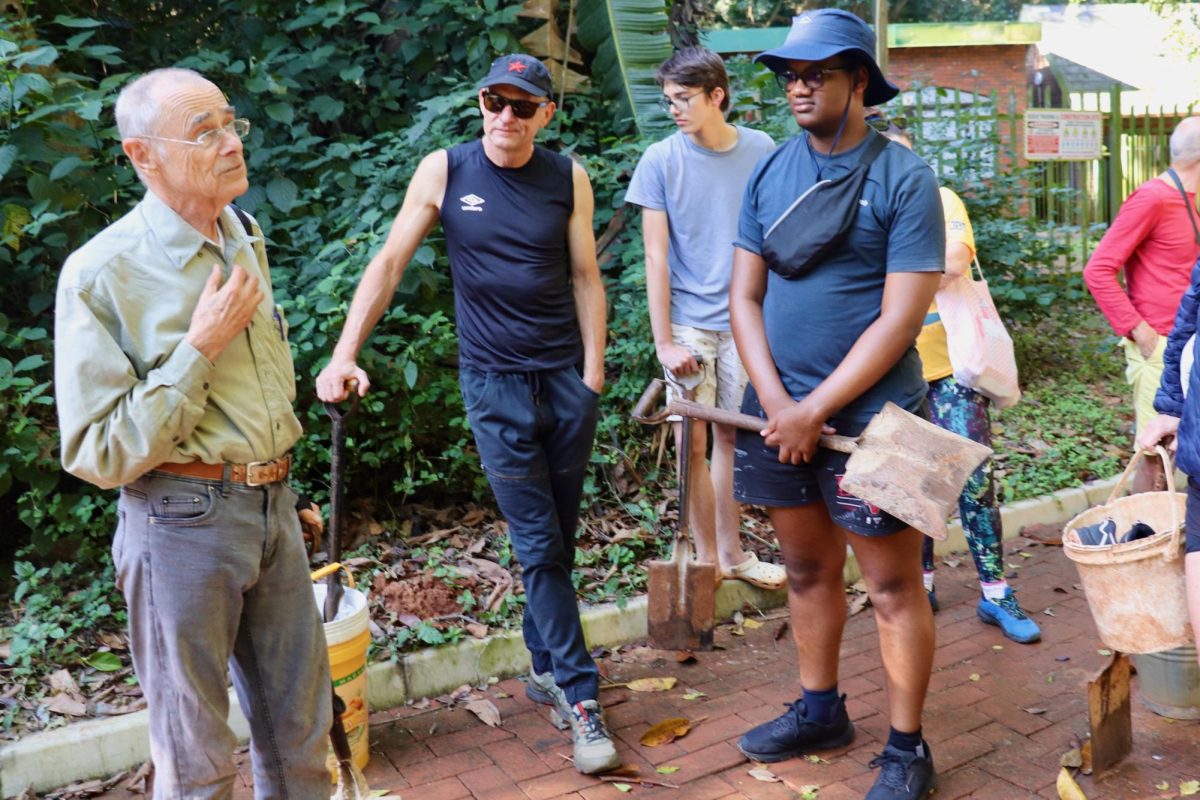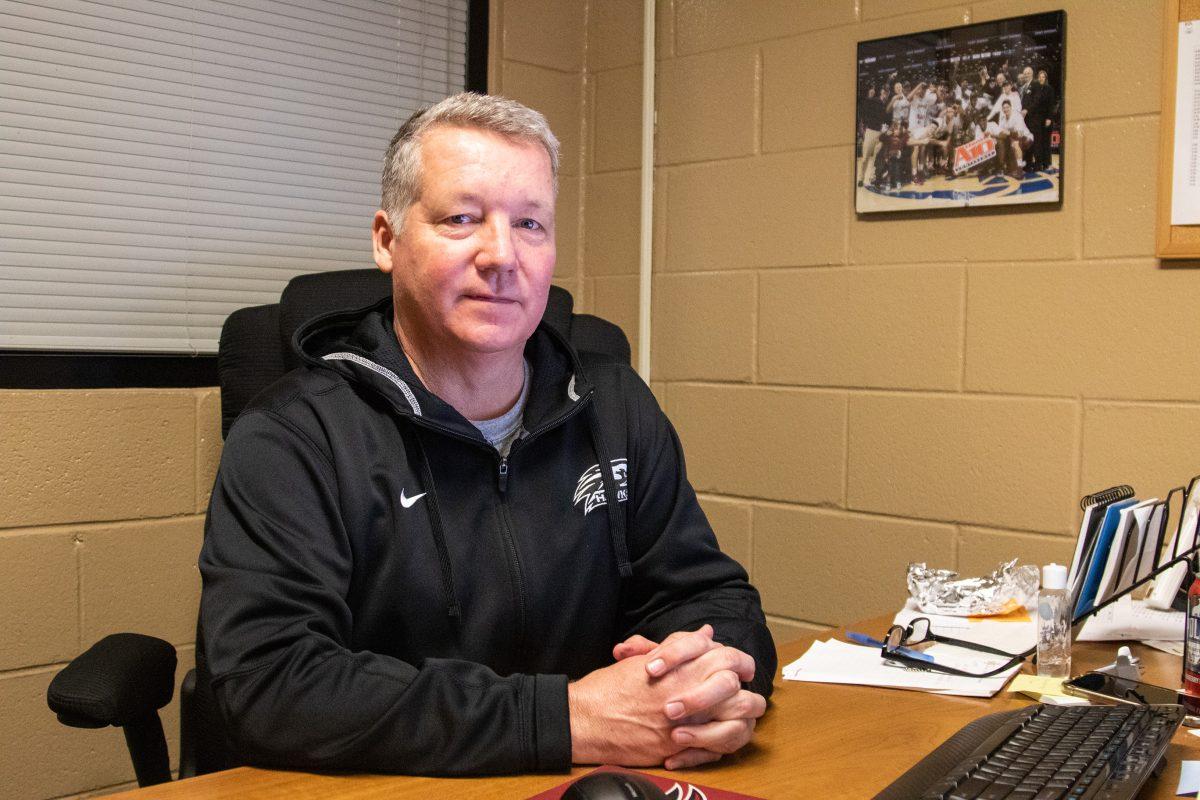As redshirt sophomore forward Charlie Brown Jr. drives past a defender and lays the ball into the hoop, almost everyone’s eyes are on the ball delicately bouncing off the glass and through the nylon net.
“I’m not a fan watching the ball go through the hoop,” Head Athletic Trainer Bill Lukasiewicz said. “I am watching the players as they go through their motions.”
As a trainer, Lukasiewicz’s role is to make sure the players are healthy. The job of the Sports Medicine department at St. Joe’s starts before an athlete has donned the crimson and grey. Each athlete that comes into St. Joe’s goes through a pre-participation screening.
“College athletes have had a lot of exposure,” Lukasiewicz said. “We try to assess early in the athlete’s career for things like an area we need to work on strengthening.”
Assistant Trainer Nate Miller said he thinks that these screenings can make a difference in the long run.
“Injury prevention and stuff like postural issues, or with things like an ACL in jury, there can be a predisposition to that,” Miller said. “If you catch it early, you can do preventative stuff. You can’t always stop it, but you can bring down percentages.”
Sports Medicine has seven certified trainers. With 18 Division I teams, the trainers are often in charge of multiple sports. Miller handles the field hockey and men’s lacrosse team.
“Both those sports are very differencontact wise,” Miller said. “My role for field hockey is dealing with acute injuries like getting hit with balls and those kinds of things, ankle and knee injuries. Men’s lacrosse is more of a battle to keep people on the field. They are dealing with more contact and more frequent impacts that can be very severe.”
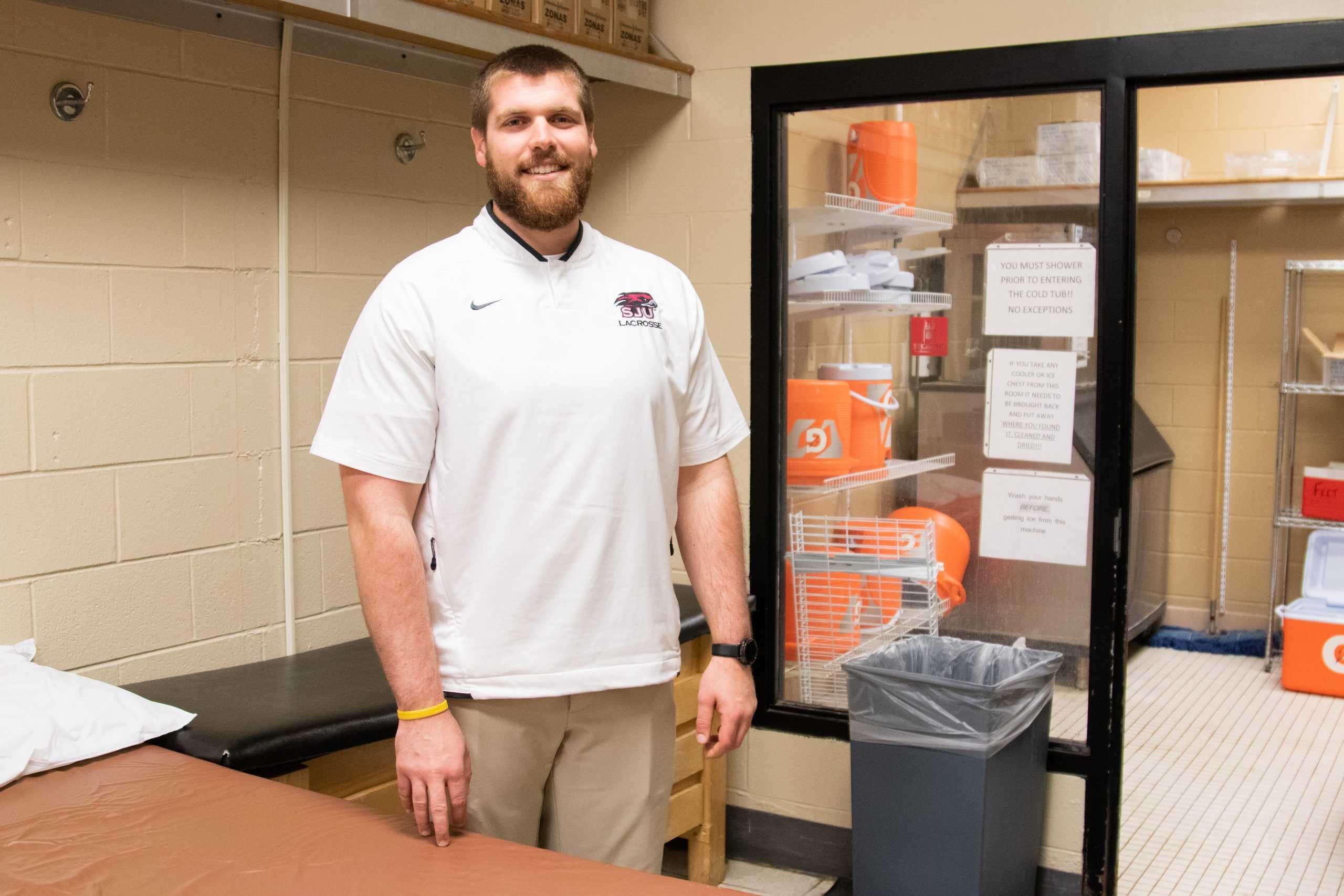
Though injuries may vary, Director of Sports Medicine Lori Sweeney said an injury is an injury, no matter if it is non-contact or contact.”
“Regardless of their sport and regardless of how they got hurt, it is our job to care for them and get them back to playing shape,” Sweeney said.
Once an injury occurs, the trainer assigned to a specific team refers the athlete to one of the physicians. The physicians are in attendance for men and women’s basketball games and home men’s lacrosse games.
If the athlete is on one of the visiting teams, they are seen by one of the two physicians that come during the week. On Tuesday, the physician is an orthopedic surgeon and on Thursday, they are a sports medicine doctor.
According to Lukasiewicz, one of the tougher injuries to deal with are concussions because they are often hard to diagnose.
“Concussions can be very challenging because there is not a lot of objective data,” Lukasiewicz said. “We have to go on how the person is reporting how they are feeling. We are trying to objectify it more with cognitive and balance testing.”
Depending on the severity of the injury, the trainer also helps the athlete with logistical challenges.
“Assisting the athlete in the middle of winter to be able to get around on crutches and coordinating surgeries and missing class,” Miller said. “Things along those lines are very difficult. The dedication, both on the athlete and trainer’s end, to get through a nine or 10-month recovery is important.”
Severe or season-ending injuries can also take an emotional toll on athletes. Miller said he thinks that the mental health side of being a trainer often gets forgotten.
“Mental health is a big issue in society,” Miller said. “Everyone thinks athletes aren’t allowed to have mental health problems or don’t have mental health issues. That is part of being a trainer that I think gets overlooked.”
Miller said the competitive drive of an athlete is another aspect of their mentality that can sometimes work against a trainer.
“The athlete’s mentality when it comes to injuries can be challenging,” Miller said. “They are always taught to do more and do more. Sometimes for us they have to do less in order to be able to do more.”
All of these obstacles are just what comes with the role of a trainer, according to Sweeney.
“We have a lot of challenges, but I wouldn’t say one is bigger than the other” Sweeney said. “We are dealing with student athletes and a lot of injuries so we are super busy. I guess the most challenging aspects is getting athletes to recover as quickly as possible but that is just part of our job, I wouldn’t even call it a challenge.”








